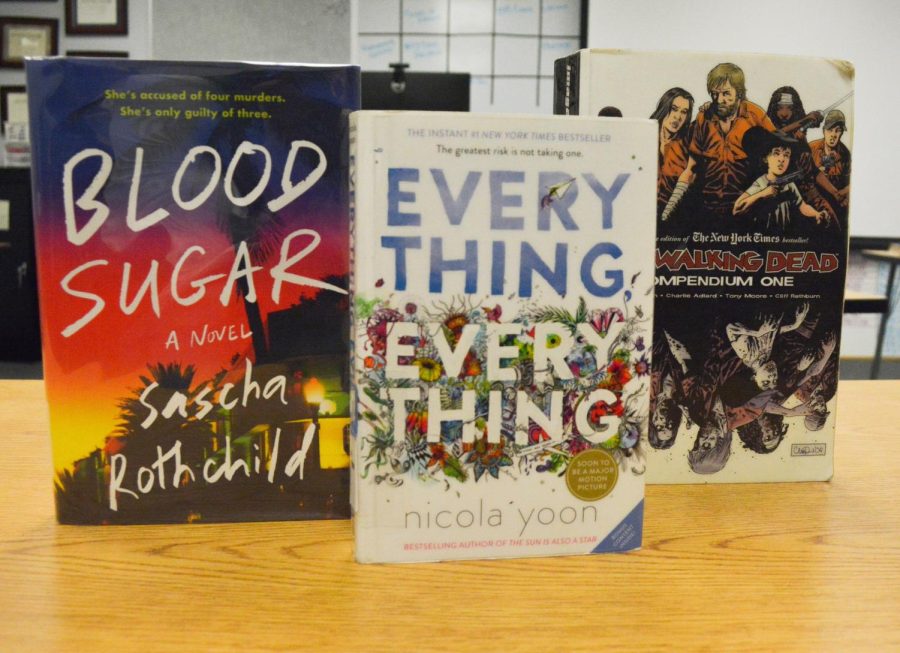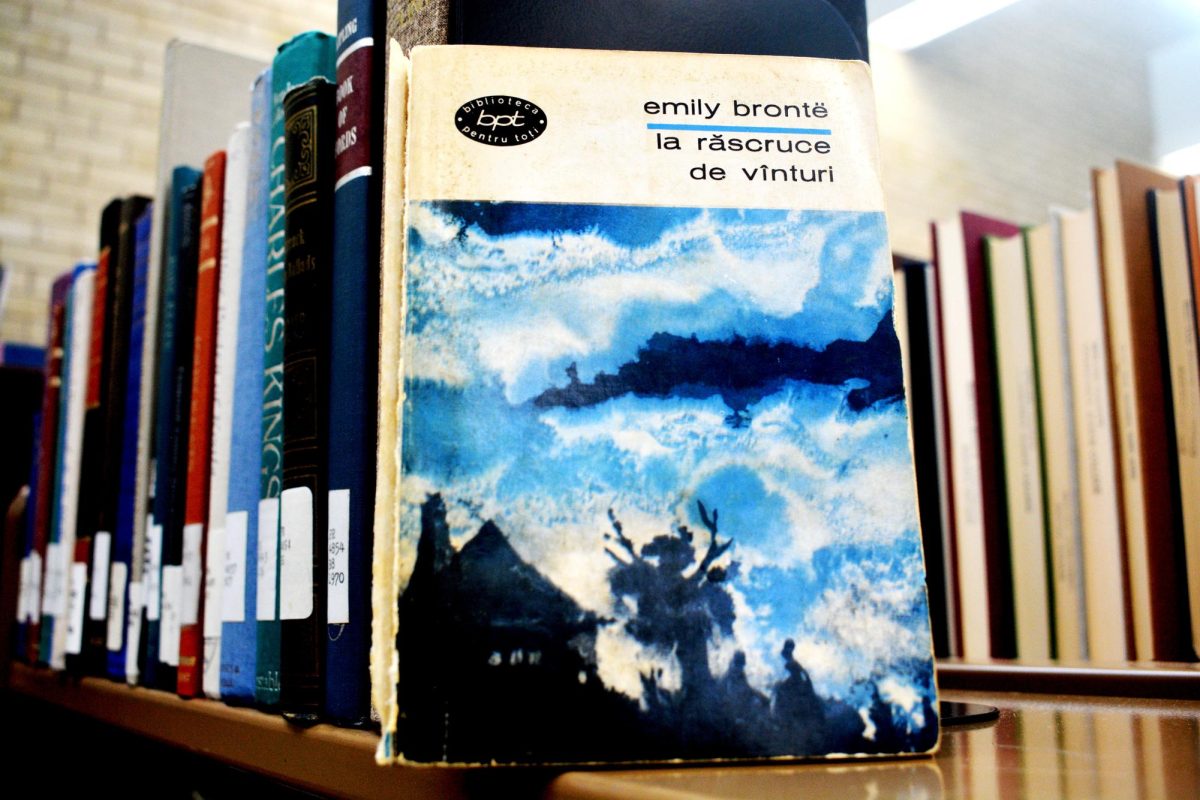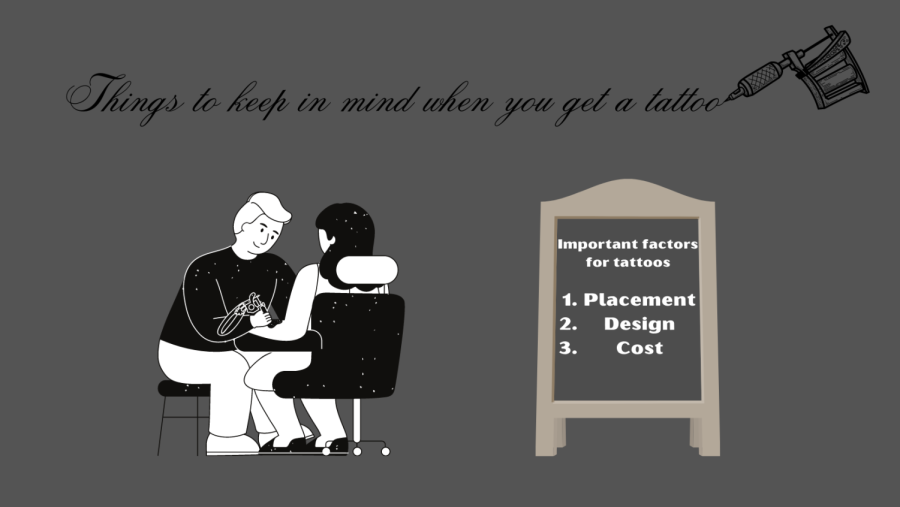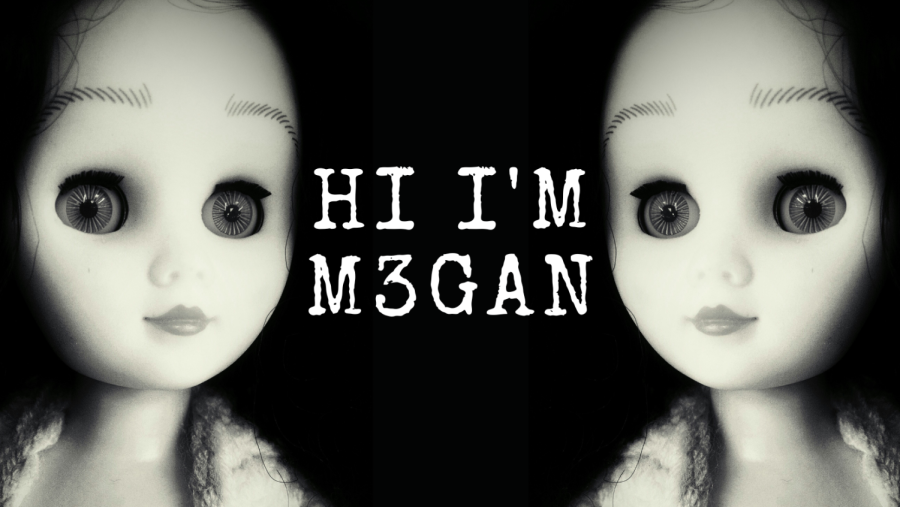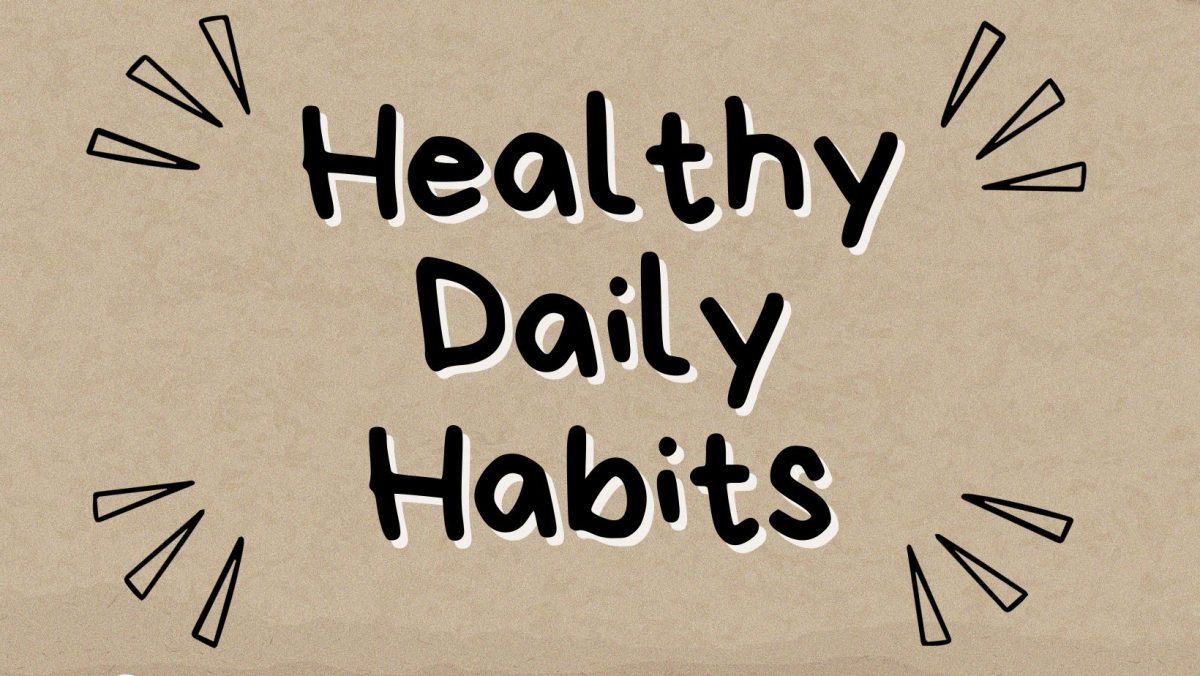As the fall is already making an appearance, the clouds and the wind made me remember about one of my favorite books, ‘Wuthering Heights’. ‘Wuthering Heights’, written by Emily Bronte and published in 1847, is a Gothic romance, and, in my opinion, one of the best classics out there, being a confession of obsession in its truest form.
In summary, the novel set in Yorkshire focuses on the destructive relationship between Catherine Earnshaw and an orphan brought to her house, Heathcliff. Their relationship evolves fast, Catherine being the only one in that house who shows him affection and some kind of love. Mostly, they were sneaking out because no one wanted to see Catherine next to Heathcliff, making them become even closer. The relationship starts to decay when Catherine chooses to marry a wealthy man over Heathcliff. From that point, his only objective is to get revenge on the ones who wronged him.
Overall, the writer’s life may have influenced her way of writing this novel. Not only was Bronte’s life short, but her time alive was full of tragedies: Her mom and the majority of her siblings died when she was just a teenager. I can feel the pain Bronte is going through by reading the book. It’s not just the Gothic style that’s specific to the period of time, it’s the gloomy aspect of the book given by the setting she makes and the way she describes her characters. The goosebumps are present with every page read.
It’s also interesting how the novel is written as a frame story, meaning that there is a story inside of another one. The story is told by the housekeeper, Nelly Dean, who’s talking with a new person in town about the history of the scary old man Heathcliff and what made him be the way he is. The newbie is curious about the man from the moment he first interacts with him and seeks answers from Nelly who says: “’Rough as a saw-edge, and hard as whinstone! The less you meddle with him the better.’ . . . ‘He must have had some ups and downs in life to make him such a churl. Do you know anything of his history? . . . ‘It’s a cuckoo’s sir.’’’ For me, the framing of the story is interesting because it makes me feel part of the action, like I can just step inside the book. Also, the story surprises us since there are different generations of the Earnshaw family who engaged with or see Heathcliff’s and Catherine’s love-hate relationship.
One thing that I realised after a while is that Bronte could be representing herself through Heathcliff in her own book. The pain she feels from her tumultuous life is mirrored in the agony of her character. Her pain is his pain, the obsession he develops after Catherine dies is how Bronte could have felt after her relatives died, the shadows and ghosts who follow Heathcliff are probably the demons Bronte had to fight with. This being said, Heathcliff does some questionable things and is one of the first famous main characters in history that is a negative character, “the bad guy,” but, at the same time, he is misunderstood. Social status has a huge role in his development as a person. At the time the story takes place, social status was one of the most important things and our character thought this would be the key to solving all his problems. If his assumption was right is not my job to reveal, but all I can say is that the power he gained destroyed his inner self even more. This novel is worth reading because it’s enjoyable and brings new perspectives to the table.
To wrap things up, Bronte’s masterpiece is a reflection of her tumultuous life and a picture of the craziness that can come with love, as Catherine said: “My love for Linton is like the foliage in the woods: time will change it, I’m well aware, as winter changes the trees. My love for Heathcliff resembles the eternal rocks beneath: a source of little visible delight, but necessary. Nelly, I am Heathcliff! He’s always, always in my mind: not as a pleasure, any more than I am a pleasure to myself, but as my own being.” Here, love is pictured as consuming, but as the story goes on we can see Catherine is not all about love and following the heart. For her, love is inferior to wealthiness and social status. Overall, ‘Wuthering Heights’ is one of my favorite books because it shows the not-so-perfect side of love, its true challenges, and how powerful love really is in the most negative way possible.
Fall is already settling in and it’s the perfect time to grab a copy of this book. Let the soft wind guide you through the bizarre love story that Bronte built and learn how society was influencing even then the thinking and the actions of people.














![The sophomores were recognized on the field instead of walking across the stage during their doubleheader. They received their diplomas and a picture of themselves playing during their career at Seward. [Pictured left to right are Dylan Day, Reed Thomas, Jase Schneider, Mason Martinez, Gannon Hardin, Brody Boisvert, and Zach Walker]](https://crusadernews.com/wp-content/uploads/2022/05/WEBDSC_0275-900x454.jpg)






























